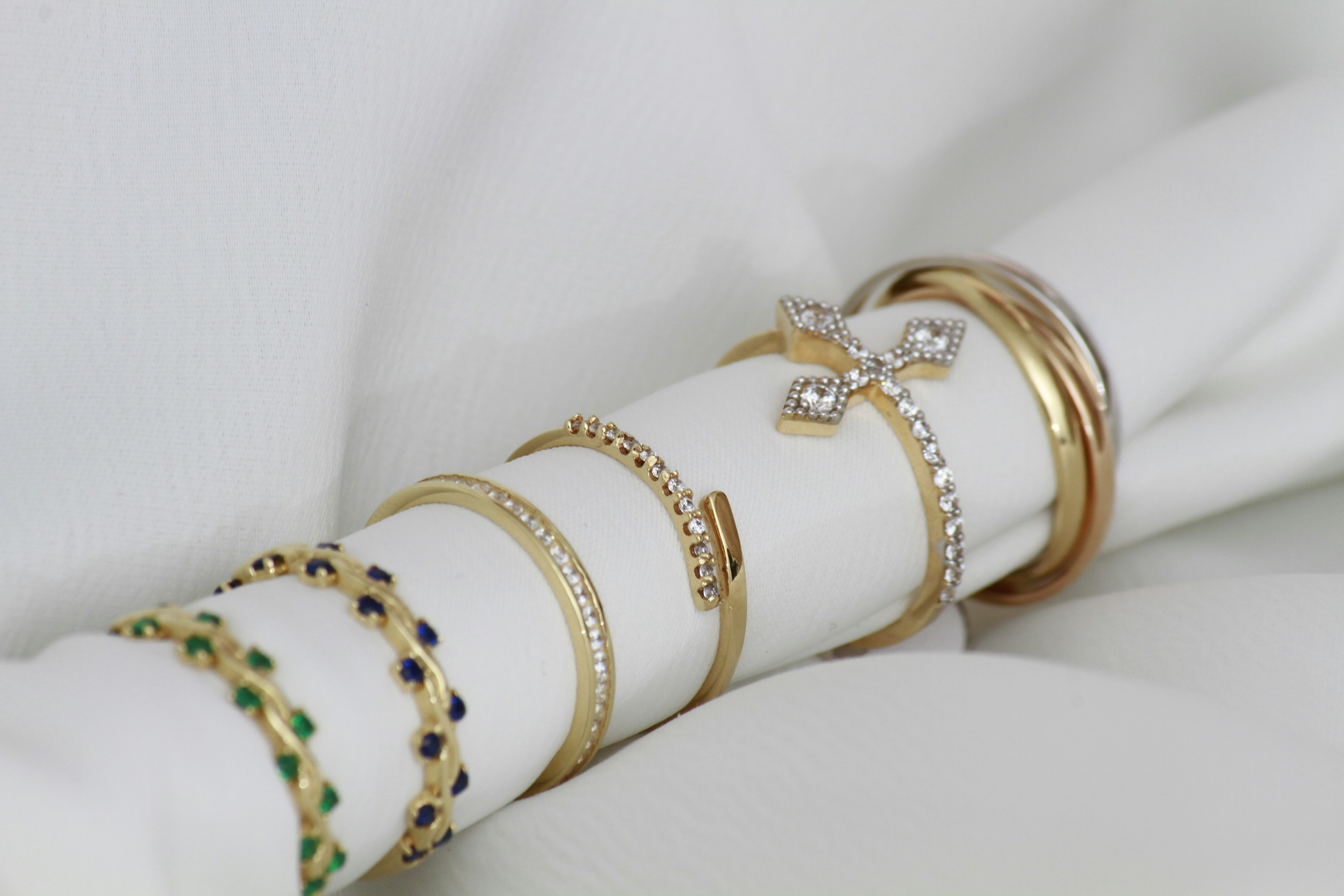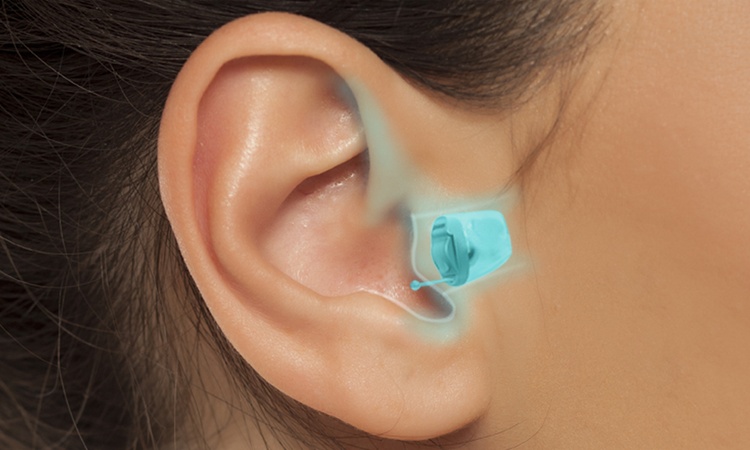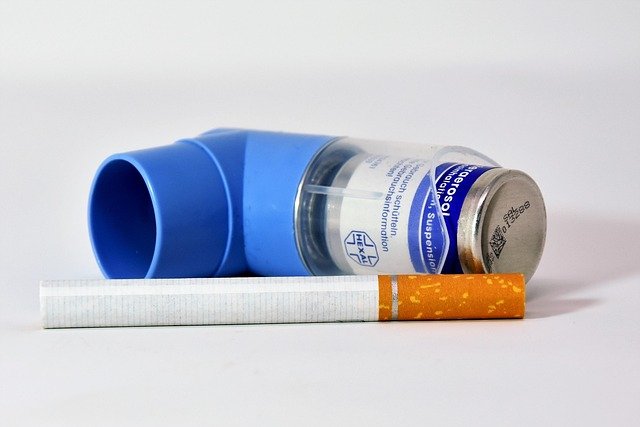A Practical Guide to Jewelry: Materials, Care and Buying Tips
Jewellery accompanies many personal and cultural moments, from everyday accents to pieces for milestones. This guide explains common materials, how to assess quality and authenticity, basic care routines, repair and local service considerations, and a straightforward comparison of typical products. The aim is to help readers make informed choices without assuming specialist knowledge.

What materials are common in jewellery?
Jewellery is made from a wide range of metals, gemstones and alternative materials. Precious metals include gold (measured in karats), platinum and silver; each has different density, hardness and reactions to wear. Gemstones range from diamonds, sapphires and rubies to semi-precious stones such as amethyst or topaz. There are also cultured and lab-grown gems that share optical properties with natural stones but differ in origin. Increasingly popular are mixed materials like stainless steel, titanium and ceramic for durability, and organic choices such as pearls, amber or mother-of-pearl. Understanding the material helps set expectations for longevity, maintenance and price.
How to care for different jewellery types?
Care varies by material and construction. Soft metals like silver tarnish and benefit from gentle polishing and storage in anti-tarnish pouches. Gold is more resistant but can scratch; higher-carat gold is softer. Platinum is durable but may develop a patina that some owners appreciate. Gemstones require tailored care: diamonds tolerate more rigorous cleaning than porous stones like opal or pearl, which should avoid prolonged exposure to water and chemicals. Basic practices include removing jewellery during heavy manual work, keeping pieces separate to avoid scratches, and scheduling professional cleanings and inspections for settings and clasps. For everyday pieces, a mild soap and warm water wash followed by drying with a soft cloth is often sufficient.
How to evaluate quality and authenticity?
Assessing a piece involves examining hallmarks, construction and documentation. Hallmarks on metal indicate type and purity — for example, sterling silver often bears “925” and gold is stamped with its karat. For gemstones, certificates from recognised labs (such as those used by major auction houses or gemological labs) provide objective data on carat, cut, colour and clarity. Check settings and clasps for solid soldering rather than glued components; secure mountings reduce the risk of lost stones. For second-hand or estate jewellery, provenance and purchase receipts add confidence. When in doubt, an independent appraisal by a qualified jeweller or gemologist offers an objective assessment of value and authenticity.
Choosing jewellery: local services and repairs
Repairs and adjustments are a key part of jewellery ownership. Local services can include resizing rings, re-tipping prongs, restringing necklaces and polishing. Choosing a reputable local service involves checking reviews, asking about insurance and guarantees, and confirming whether the workshop uses appropriate techniques for the piece’s materials. For items with sentimental value or high monetary worth, request that repairs be documented and ask whether the jeweller uses subcontractors for specialised tasks. Many local jewellers also offer valuations for insurance purposes; compare a couple of providers in your area if possible to understand typical turnaround times and service guarantees.
Brands and product comparison
Below is a concise comparison of representative jewellery products and providers to illustrate typical features and rough cost ranges. These examples are for orientation and reflect widely available pieces rather than exhaustive market coverage.
| Product/Service Name | Provider | Key Features | Cost Estimation |
|---|---|---|---|
| Solitaire diamond ring (0.25–0.50 ct) | Tiffany & Co. | Classic setting, certified diamond options, luxury retail service | £1,200–£4,500 |
| Sterling silver charm necklace | Pandora | Interchangeable charms, sterling silver base, mass-market availability | £40–£150 |
| 9ct gold hoop earrings | John Lewis & Partners | Solid gold options, mid-market department store service | £80–£300 |
| Silver bracelet with semi-precious stones | Thomas Sabo | Fashion-oriented designs, mixed materials | £50–£250 |
| Custom engagement ring (design + setting) | Independent local jeweller | Bespoke design, local craftsmanship, material choices vary | £800–£6,000+ |
Prices, rates, or cost estimates mentioned in this article are based on the latest available information but may change over time. Independent research is advised before making financial decisions.
Other considerations when buying
Beyond materials and price, consider lifestyle compatibility, insurance and return policies. Everyday wearers may prefer lower-profile settings and harder stones to minimise damage, while occasional-wear pieces can prioritise aesthetic over durability. Insuring higher-value items through home contents insurance or a dedicated jewellery policy protects against loss or theft; obtain professional valuations to support claims. Also review retailer return, repair and authentication policies before purchase to understand recourse if a piece does not meet expectations.
Conclusion
Jewellery choices combine aesthetics, material science and practical care. Knowing common materials, how to assess quality, and where to find reliable local services helps maintain pieces and make informed purchases. Whether selecting an everyday accessory or a significant investment, clear documentation and measured expectations reduce risk and support long-term enjoyment.



